Choosing Law Enforcement for a career demands you understand and accept the challenges, danger, stress and criticism. Many over the years have felt they fit the demands and embarked upon a fine career.
There are those who knew in their school years that a law enforcement career was in their dreams, so off to college and earn a degree in criminal justice.
Then there are those who will follow the family tradition such as portrayed in the television series “Blue Bloods.”

Things began to change in America when the riots of the summer of 2020 hit the streets and the television screens.
All of a sudden you saw things that in a thousand years, you never would have dreamed it could happen in America.
You saw Police Departments under attack and burned. Buildings brought down to rubble. Looting was almost made legal.
Police were ordered to “stand down” and following that, came the demand of defunding of the police.
Nevertheless, officers on the streets were faced with dire circumstances that put them in danger of their lives.
The aftermath of this incredible social change in America had its consequences. Officers across the country decided to leave the profession and retire.
According to the Police Executive Research Forum law enforcement agencies are losing officers faster than they can hire new ones. Total sworn staffing has continued to decline. In fact, there were 50% more resignations in 2022 than in 2019.
Around the country, you will find employment ads that have agencies looking for new officers and even those via lateral transfers. Many agencies offer a very attractive signing bonus to enhance the ranks. Police agencies that are short of sworn officers have to resort to overtime hours and pay to cover the streets.
It’s a good bet that there are those officers who were assigned earlier in their career to administration or investigations were reassigned back to patrol.

So, the solution is finding good qualified candidates to counter the resignations and give them an incentive to join the ranks.
However, the problem remains when you look at these facts:
• 78% of agencies reported having difficulty recruiting eligible candidates
• 65% report of having too few candidates applying for a position
• 50% of agencies reported having to change their hiring policies
• 25% report having to reduce or eliminate services, units or positions due to staffing difficulties.
However, the very root of law enforcement is the pro active officer on the streets. These officers play a vital role with basic patrol and communications skills tempered by common sense.
Today, the sad truth is that law enforcement is seen by many as the problem and not the solution. Having served in law enforcement for 26 years, half of those years in patrol, I can safely say, what was then, is not now. It’s a totally different world for law enforcement today when you consider such as things as high tech equipment as well as internet capabilities. Couple those facts with officers across the country being shot and some losing their life almost weekly.
When you watch the news and the reports show gang warfare, drugs, looting, assaults, murders and innocent bystanders hit by stray bullets and many die, even young children, there is extreme concern.
Today, task forces, new plans and programs have been developed and many have likely been implemented. One facet of law enforcement today that you may have never heard mentioned by police or media is that of Crime Prevention.
During my career, I graduated from the National Crime Prevention Institute located in Louisville. The curriculum covered all aspects of crime that has had impacts within communities. So, you may ask, what exactly is crime prevention and how does it work?
First, to understand the theory, here is the definition from the National Crime Prevention Council: “The anticipation, recognition and appraisal of a given crime risk and the initiation of action to remove or reduce that risk.”
The pillar of this theory is the institution of a Neighborhood Watch program that is sanctioned by law enforcement and operated by trained volunteer citizens.
These officers work closely within their community through “Neighborhood Watch” and Watch Captains.” This partnership when operated properly, creates the denial of crime and improves community relations.
The department’s Crime Prevention Officer will work jointly with citizens to identify the problems and implement a monitoring system that would notify law enforcement of existing threats and ongoing crime.
The very essence of community involvement was manifested in the promotion of Neighborhood Watch sponsored by the Ashland Police Department August 7, 1989. As Crime Prevention Officer I secured the new Basketball coach at the University of Kentucky Rick Pitino to come to Ashland’s National Night Out celebration sponsored by the National Association of Town Watch.

Attendance was near 7,000 in Central Park that August night including all 35 Neighborhood Watch citizens and their captains. I created a basketball skit involving corporate mascots and McGruff the Crime Dog in a basketball game with Pitino acting as their coach. The plan was simple. It was to accent the importance of our crime prevention message to the community while distributing Neighborhood Watch information to the crowd.
Coach Pitino’s role was to convey to the city through the skit, the importance of creating a Neighborhood Watch in their area while protecting future little Wildcats such as he had in his arms from crime. Very proud to say, that community involvement and promoting Neighborhood Watch via the skit was awarded the National Association of Town Watch National Award to the Ashland, Kentucky Police Department over 8,800 cities nationwide.
The huge plus for Neighborhood Watch is that of the patrol officers while working in conjunction with volunteer citizens will create a bond of friendship, teamwork and trust within the neighborhood.
Neighborhood Watch may not be the total answer of course, but certainly would be a positive step in the right direction which would pay many dividends.
These are just some insights from a veteran officer that learned a lot on the bricks over my many years working the beat with my two K9s, MACE and McGRUFF. McGruff, the Crime Dog, hasn’t been seen in the media for quite a long while. Maybe it’s time the Big Guy returns and lead the way to law and order once again.
Make no mistake, Neighborhood Watch and Crime Prevention, are tools that if implemented correctly, will take a Bite out of Crime and without a doubt, will make McGruff the Crime Dog. . .SMILE!
Mike Tussey has “retired” from a 60-plus-year career as a legendary play-by-play announcer for over 2000 football, baseball, and basketball games, including most recently for ESPN+. His career also includes a stint in law enforcement, teaching and coaching, and writing books, including the “Touchdown Saints.” He grew up in Eastern Kentucky and now lives in Florence with his wife, Jo. He has opened another “Door of Opportunity” and is now a regular columnist for the NKyTribune.












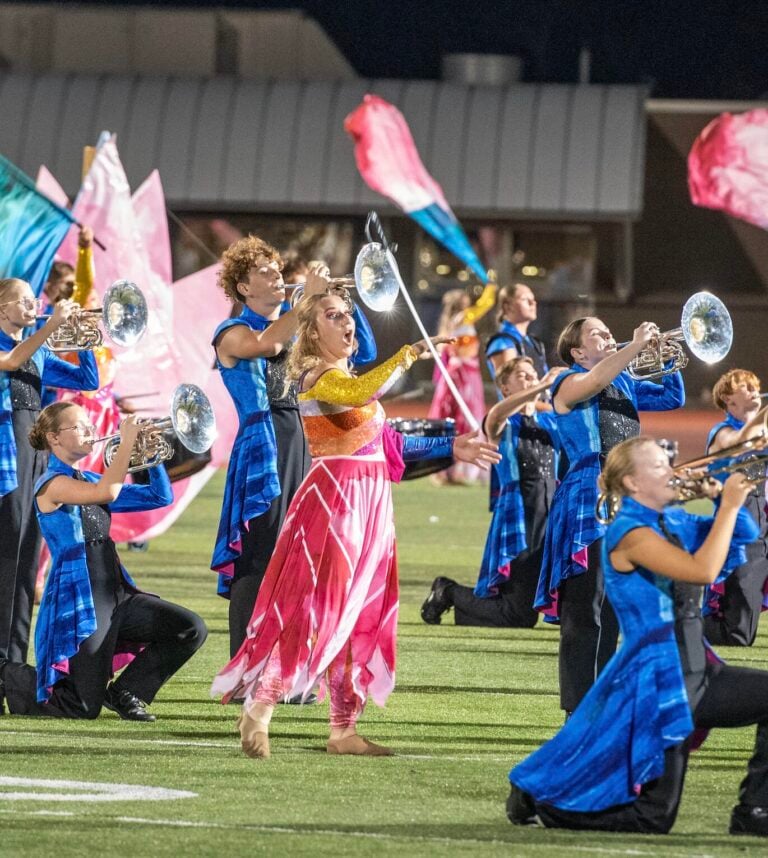

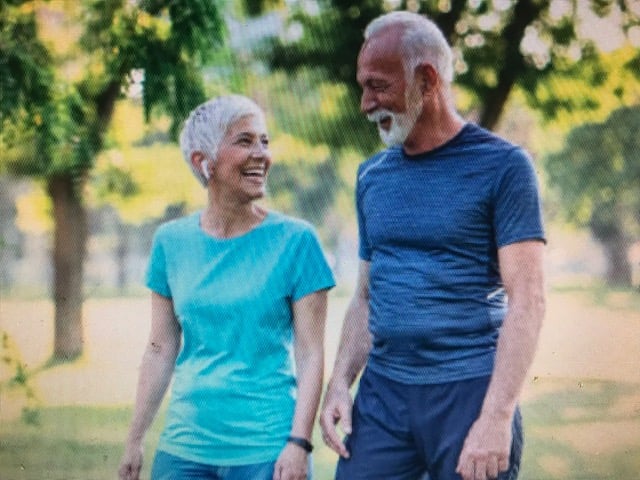

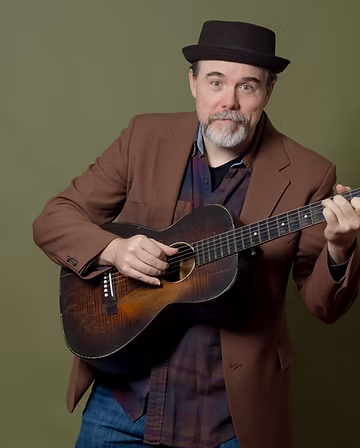



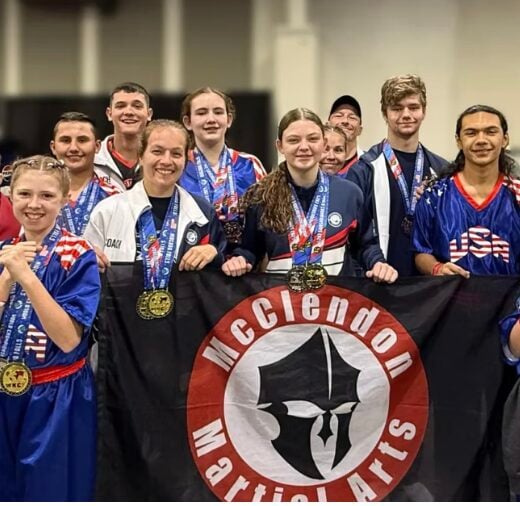
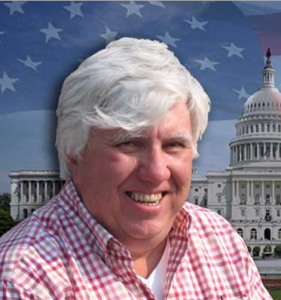
There’s things law enforcement could do right now to help themselves. Instead of reducing training academy hours as some agencies have done to get them out on the street quicker, they need to increase the hours. Instead of cutting the weeks working along side older more experienced officers (probation), it should be increased. This is when officers careers are shaped and refined and good habits are developed and reinforced. Officer training, updates on new laws, court decisions and procedures should be ongoing throughout their careers. And I’m not just referring to 40 hours of annual in-service. Training should be ongoing. Additional, people hate the military appearance some agencies have adopted for their officers. It’s not a professional look. Outer tactical vests crammed with a dozen or more items not only looks sloppy, it adds a lot of additional weight officers are carrying around causing quick fatigue during physical encounters. It’s also created a horrible officer safety concern. Officers are sticking their thumbs in the armpits of the vests or placing both hands in the vests neckline completely exposing their unprotected weapon. Some agencies are now wearing polos and khakis topped with a ball cap. I’m sure it’s very comfortable, but it doesn’t look very professional.
People evaluate an officer within seconds of their arrival on the scene and if they look like a well trained professional wearing a class “A” uniform, the officer will most likely be treated like as a professional. Your appearance makes an immediate impression and outer vests crammed with stuff and polos and ball caps aren’t helping the image of a professional law enforcement agency.